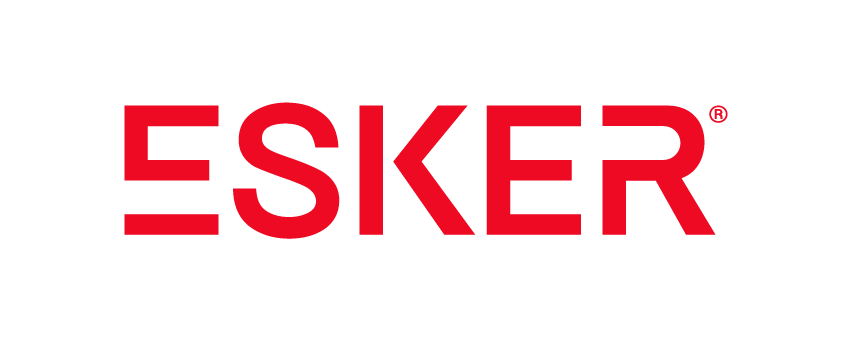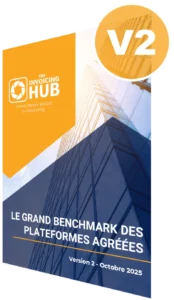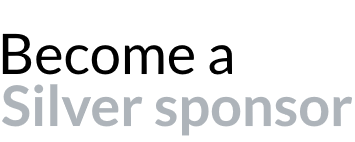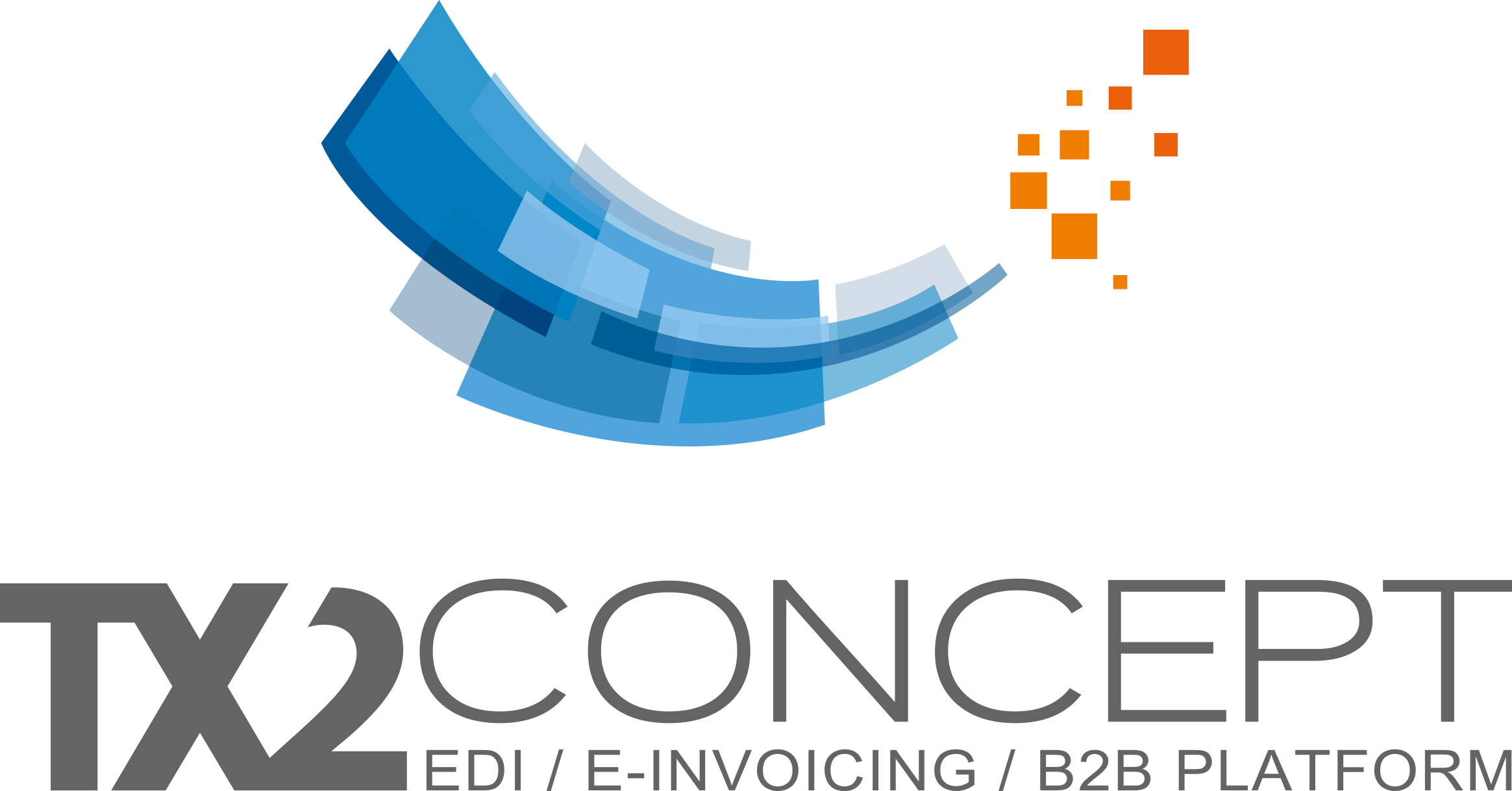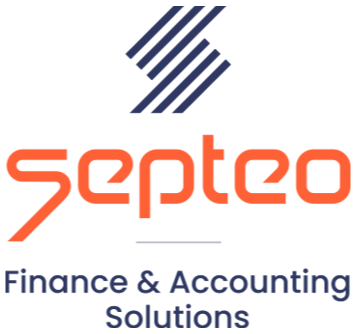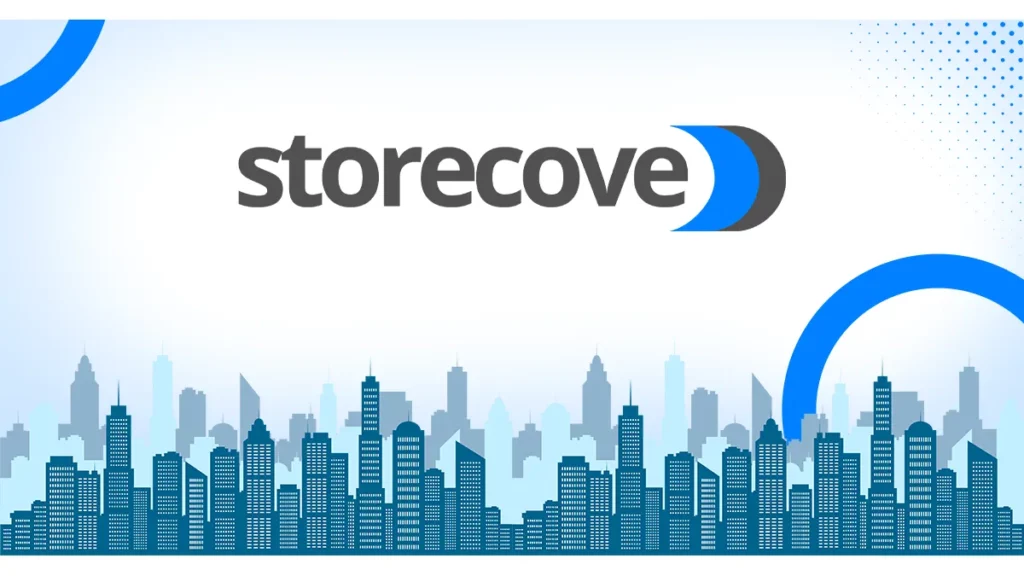With requirements spanning e-invoicing, e-reporting, invoice lifecycle statuses, a central directory (“Annuaire”), Peppol, certified providers, and a wide array of use cases, the upcoming French mandate is known for its complexity.
It represents a major challenge not only for companies that must comply with it but also for service providers responsible for building the infrastructure and solutions on which businesses will depend.
To support these stakeholders, the DGFiP (French tax authority) and the AFNOR commission regularly publish extensive guidance and technical specifications. Although the volume of documentation can sometimes feel overwhelming, these resources offer precise and immediate answers, even on the most intricate aspects of the reform.
Latest publications
Several of these reference documents are invaluable for understanding the mandate. Each new edition marks meaningful progress toward full implementation.
A new round of publications was released in recent days, including:
- DGFiP’s “External Specifications” v3.1
The official interaction guide between Accredited Platforms and the PPF (Portail Public de Facturation). It details the central Annuaire and the “Data Concentrator,” which receives all VAT-relevant data (e-invoices, e-reportings, and lifecycle statuses). This new version also includes expanded information on how Chorus Pro will integrate for B2G, G2B, and G2G exchanges. - AFNOR’s XP Z12-012 Standard
The semantic data model defining the syntax for all formats used in the mandate (UBL, CII, Factur-X e-invoices, XML e-reportings, CDAR lifecycle statuses), along with codelists, business rules, and more. - AFNOR’s XP Z12-013 Standard
A recommended (but optional) standardized API for communication between private businesses or non-certified providers (Compatible Solutions, or “SC”) and Accredited Platforms. Its goal is to simplify solution portability by promoting a common API across providers. - AFNOR’s XP Z12-014 Standard
A comprehensive guide covering the nominal e-invoicing workflow and all specific use cases, including several newly identified scenarios, pushing its total past 40 use cases.
These documents are complemented by updated schematrons for e-invoices and lifecycle statuses published by the FNFE.
Recent mandate simplifications
The DGFiP has also formalized a set of simplifications. While relatively minor, they nonetheless reduce complexity for both companies and service providers. The two most impactful changes are:
- No need to produce empty e-reportings when there is no data to transmit.
- Line-item details will not be required for international B2B e-reporting.
Additional adjustments also include more flexibility on rounding rules and the removal of the requirement to list the number of transactions in B2C e-reporting.
The full detail is available directly in the DGFiP’s External Specifications v3.1.
Final certification of Accredited Platforms
A major testing phase has recently begun for all Accredited Platforms seeking to move from provisional to definitive certification. Launched in mid-October and running until mid-January, this three-month period involves validating the ability to:
- Connect to the PPF’s Data Concentrator via EDI and API
- Interact with the Annuaire
- Send and receive electronic invoices and lifecycle statuses (both with other Accredited Platforms and with the PPF) and detect invalid invoices
- Submit e-reportings to the PPF
Platforms provisionally certified after mid-October will also undergo a three-month rolling test window. Early 2026 should therefore bring much clearer visibility into which Platforms are fully ready.
In parallel, as the mandate approaches, companies increasingly need to select their Accredited Platform. The France Accredited Platforms Benchmark, published by The Invoicing Hub, provides reliable guidance to support this decision:
- 86 participating Accredited Platforms
- 50+ criteria analyzed
- Free download

